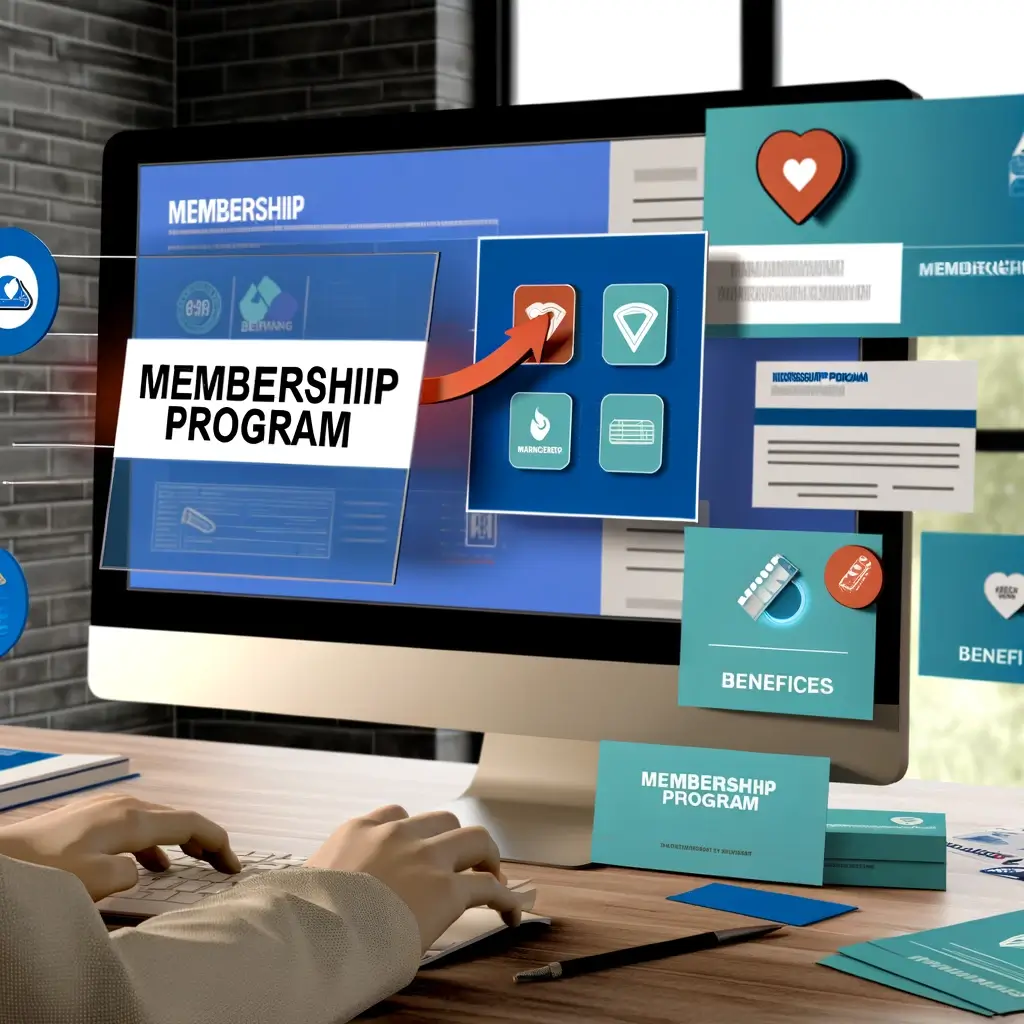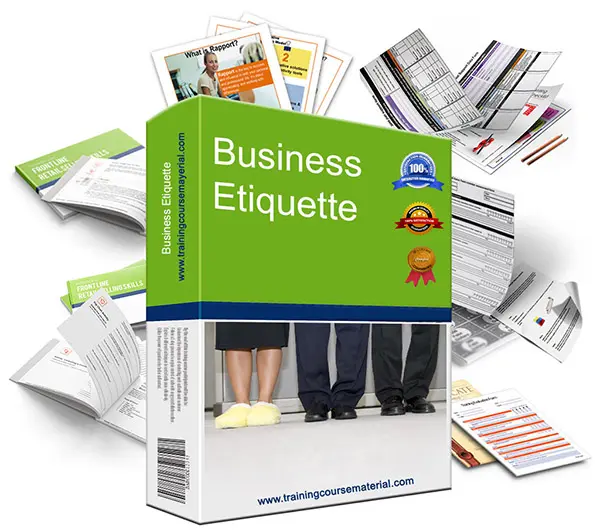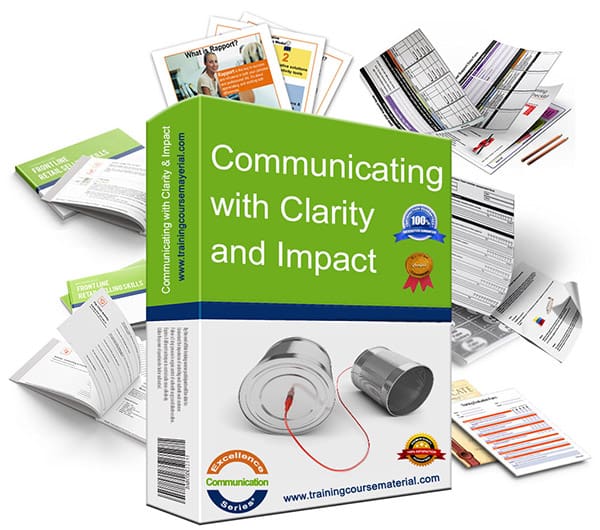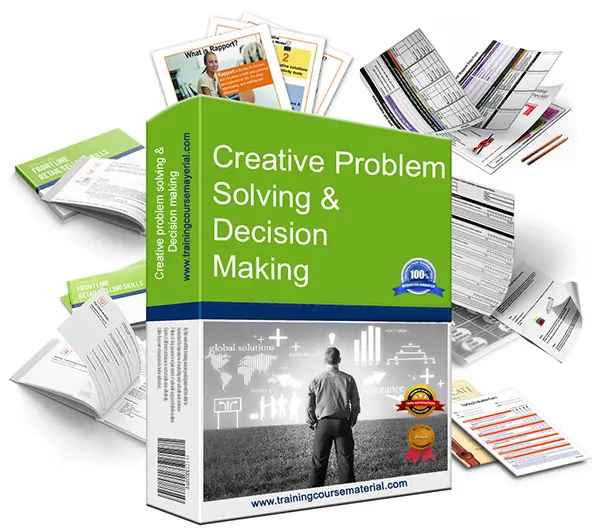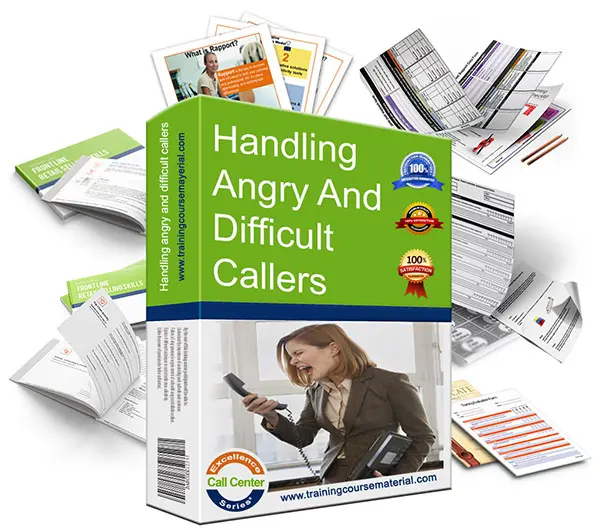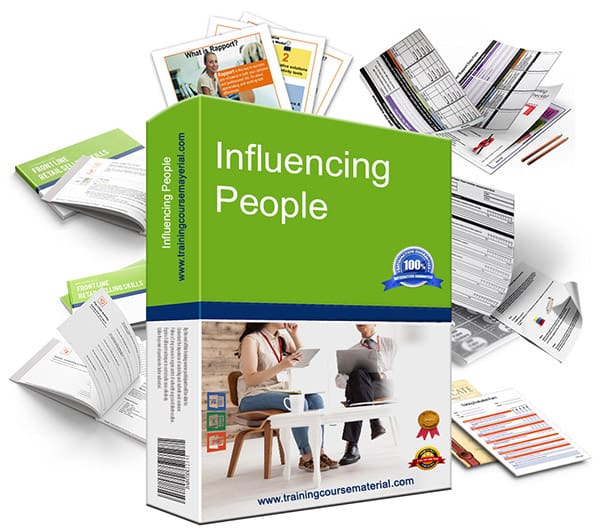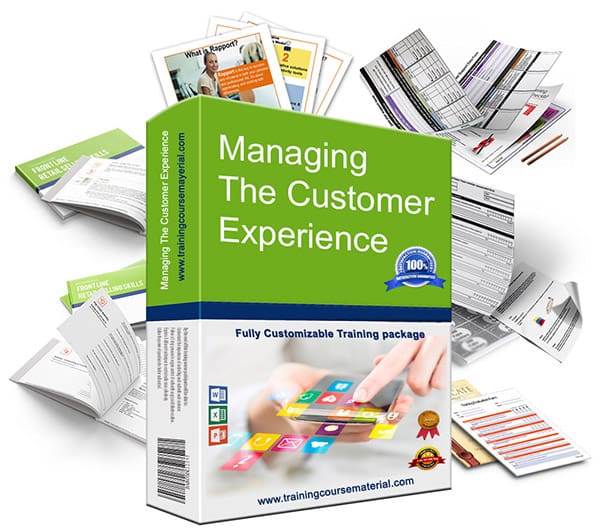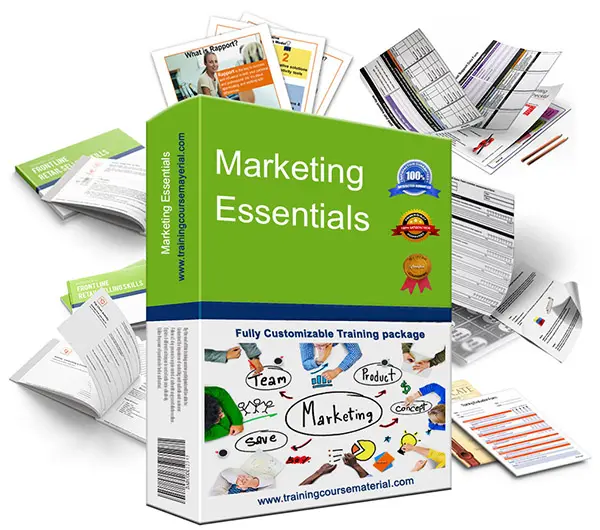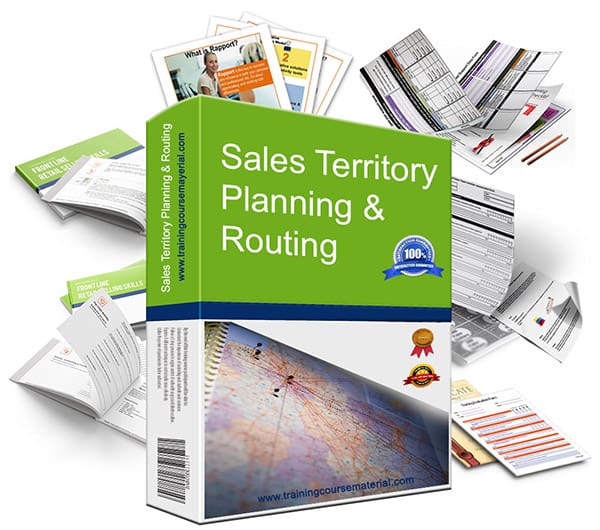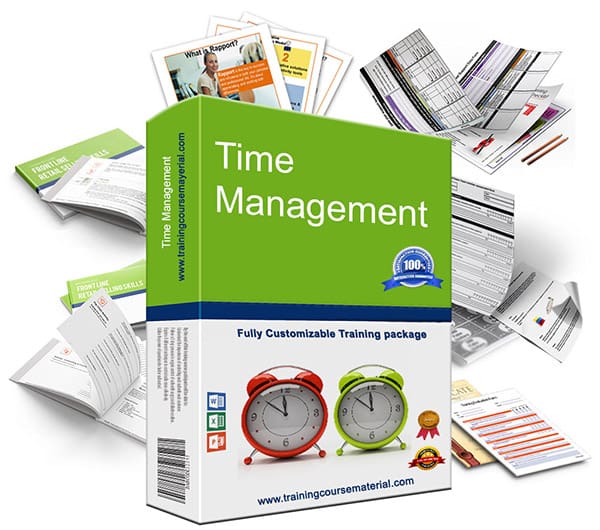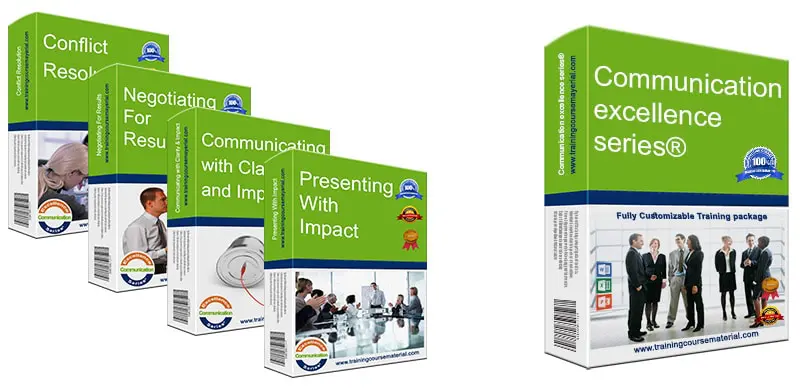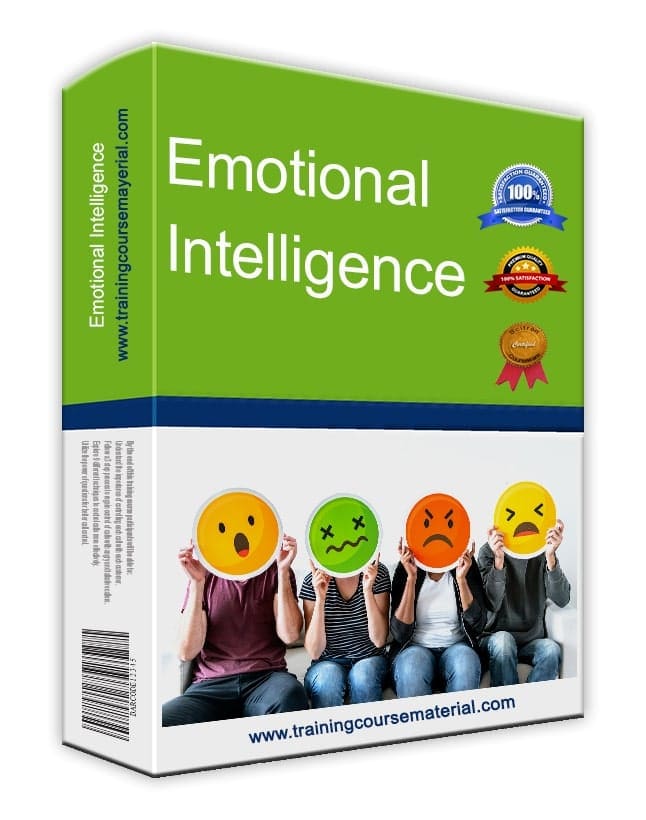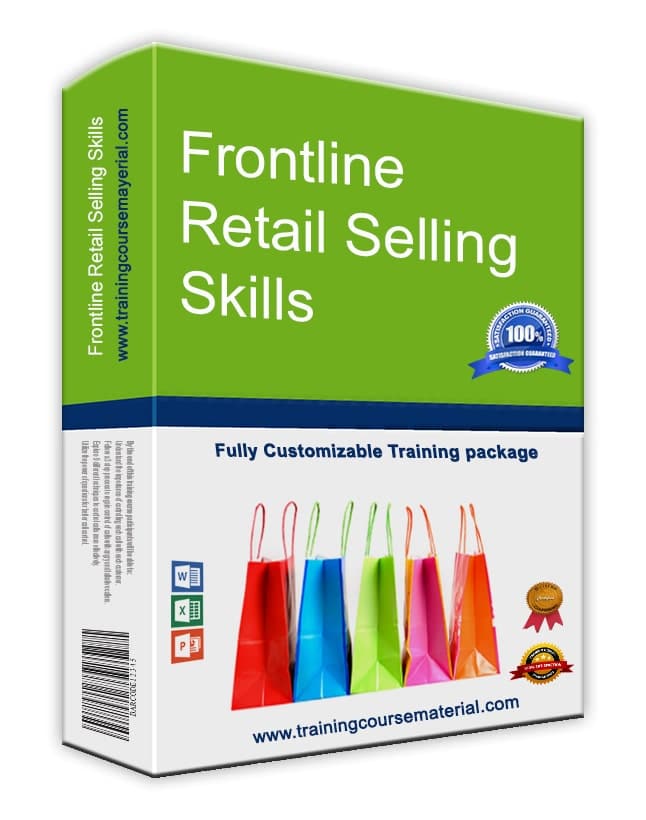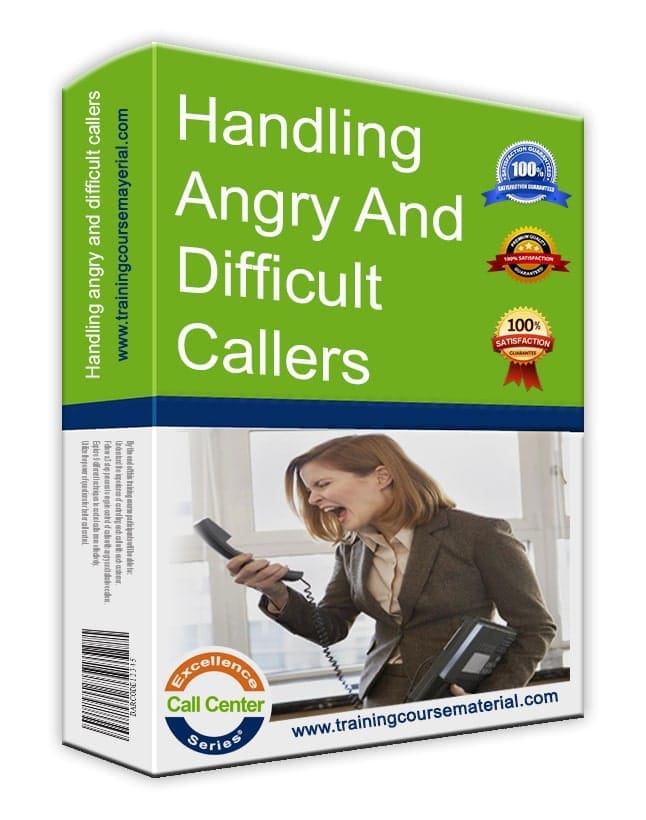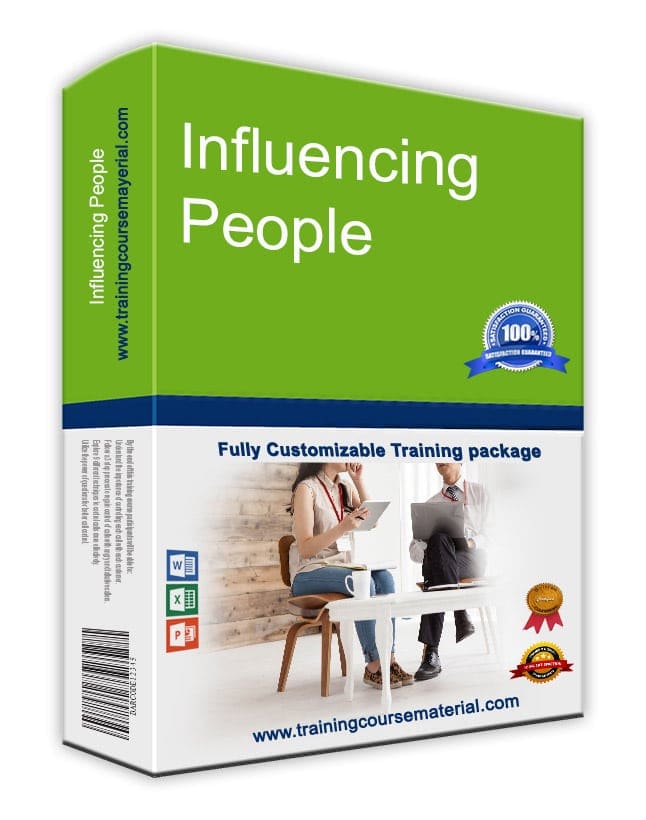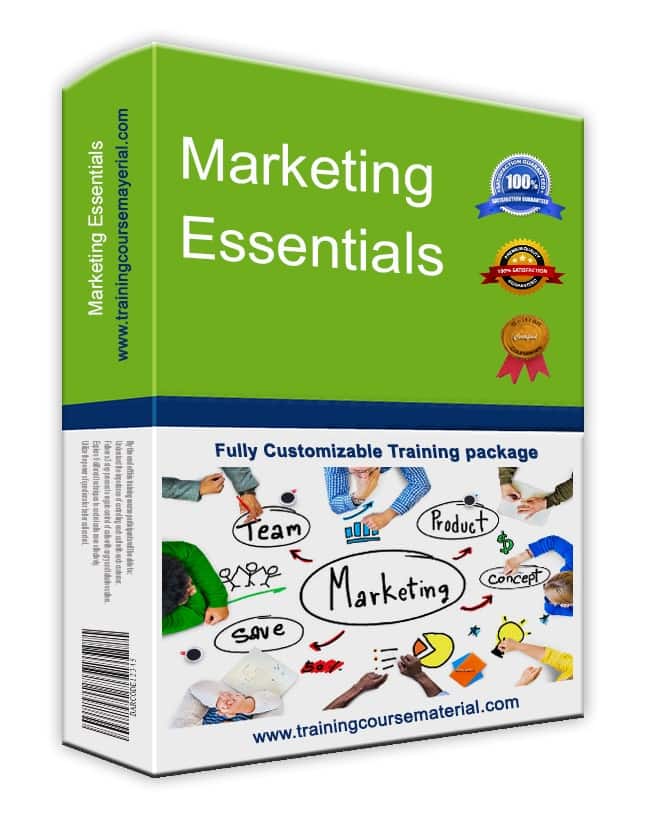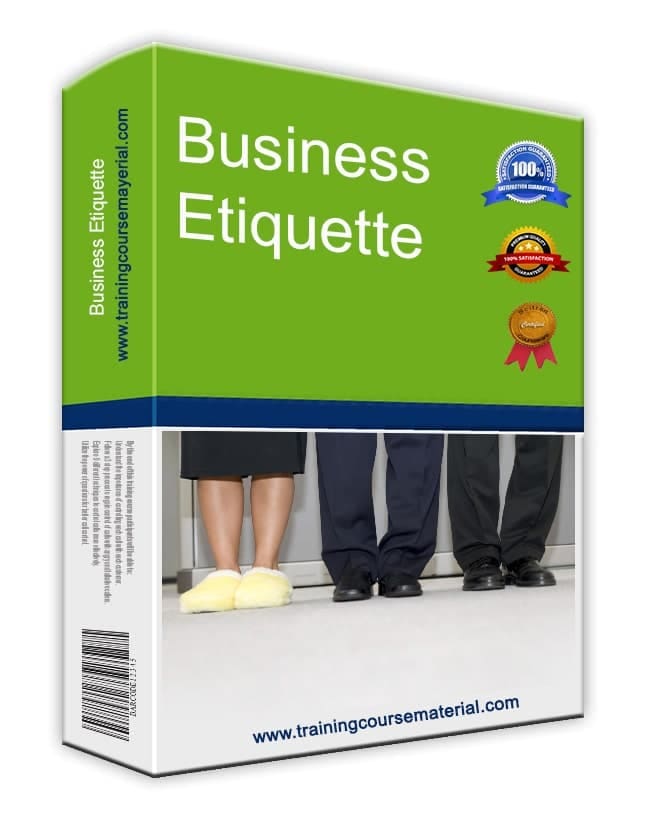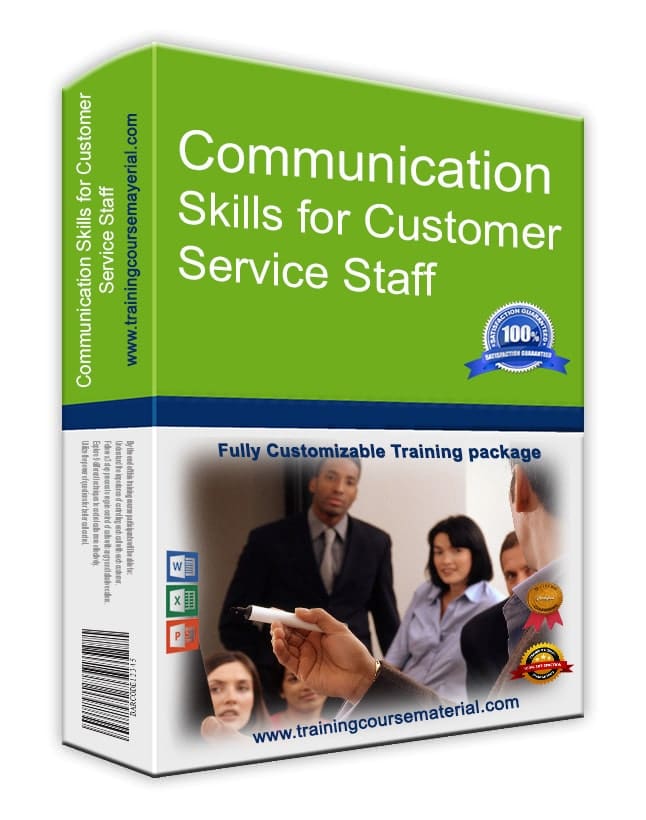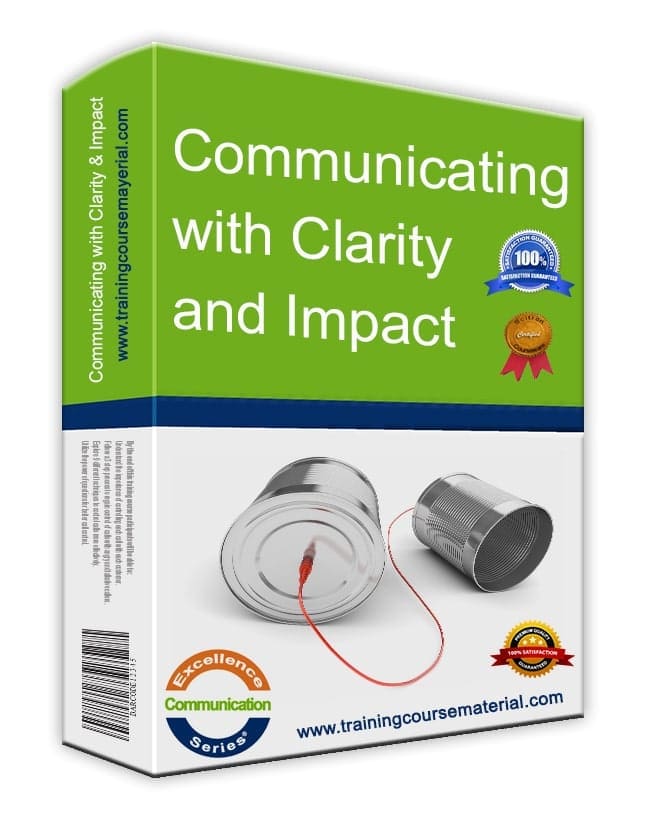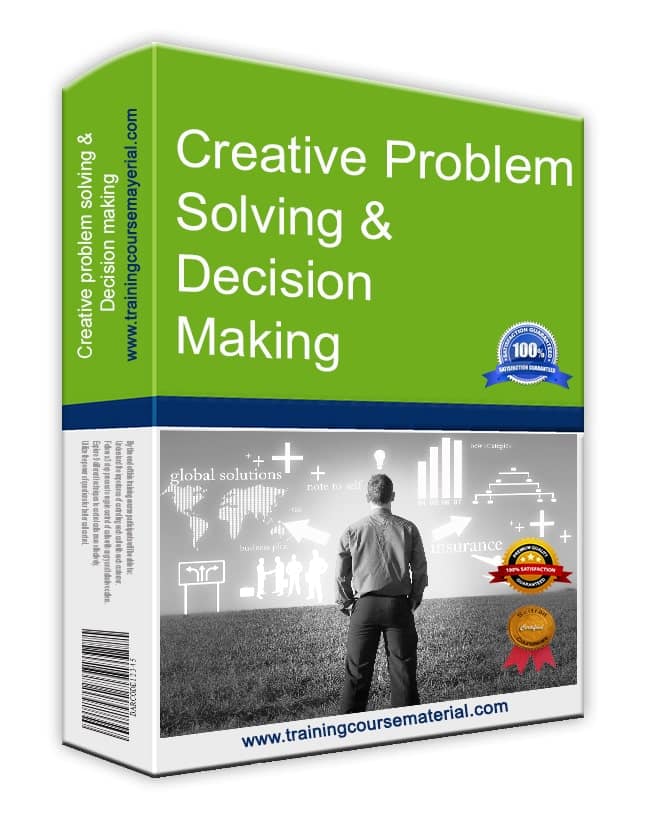Membership Programs as a Marketing Tool
How loyalty strategies can drive sales, referrals, and customer retention.
Humans have a deep desire to belong. Marketers know this, and they’ve long used it to their advantage. Membership programs tap into that need by making customers feel special, part of something exclusive. And the business benefits? Substantial.
What Membership Programs Can Do for Your Business
- Boost loyalty. Members tend to stick around. Programs reinforce the feeling of belonging, which strengthens emotional ties to your brand.
- Provide recurring revenue. Whether monthly or annually, renewals create predictable income streams.
- Move slow products. Include lesser-used offerings in bundles to boost usage and add perceived value.
- Encourage referrals. Reward members for bringing in new business. It motivates them to market for you.
- Upsell existing customers. Tiered memberships (e.g. silver, gold, platinum) tempt customers to level up.
According to the American Marketing Association, loyalty programs can significantly improve lifetime customer value and help businesses differentiate in competitive markets.
Types of Membership Programs
Membership programs vary widely depending on the business. Common formats include:
- Points systems that reward repeat purchases
- Elite benefits for high-spend customers (e.g., lounge access, free upgrades)
- Express services and priority access for members
- Discount cards or exclusive member pricing
- Free products after a number of purchases (e.g., coffee shop punch cards)
Whether you’re running a local dry cleaner or a national airline, you can tailor a membership model to suit your audience.
Pricing Strategies for Memberships
Free or paid? That depends on your goals. Paid memberships often bring higher commitment and steady cash flow. But even free tiers can work well—if they encourage ongoing engagement.
Start with a low-entry “loss leader” membership tier. Once people join, offer them upgrades with stronger benefits and limited-time incentives.
Upselling works best when members feel the next level offers real added value. Keep pricing accessible but clearly tiered to show progression.
Retention: The Real ROI
Getting members is only the beginning. Renewals are where the real value lies. That means consistently delivering more than promised—bonus content, added perks, loyalty gifts, or exclusive access.
One tactic: Offer multi-period memberships upfront. For example, sign up for one year and get 35% off the second year. This locks in revenue and makes it harder for competitors to swoop in.
Why Physical Membership Cards Still Matter
Digital memberships are convenient—but physical cards serve as tangible reminders. Research has shown that customers with branded store cards spend up to 50% more per year than non-cardholders.
Cards don’t just store info. They prompt behavior. When customers carry your brand in their wallet, they’re more likely to engage, spend, and renew.
Trust-Building in Membership Marketing
Membership models thrive on trust. To build it, keep promises, offer genuine value, and be transparent about what each level includes. If members feel they’re getting less than expected, renewals will drop.
Real-world example: A restaurant offers VIP members a discount and priority seating. When the service consistently honors these perks, members often renew without hesitation—and recommend the program to others.
Want to train your team on membership marketing strategies? Our Marketing Essentials Training Package includes editable guides, real-world examples, and activities on loyalty programs, bundling, and customer retention.

